18 February – 18 March 2018
Barcelona
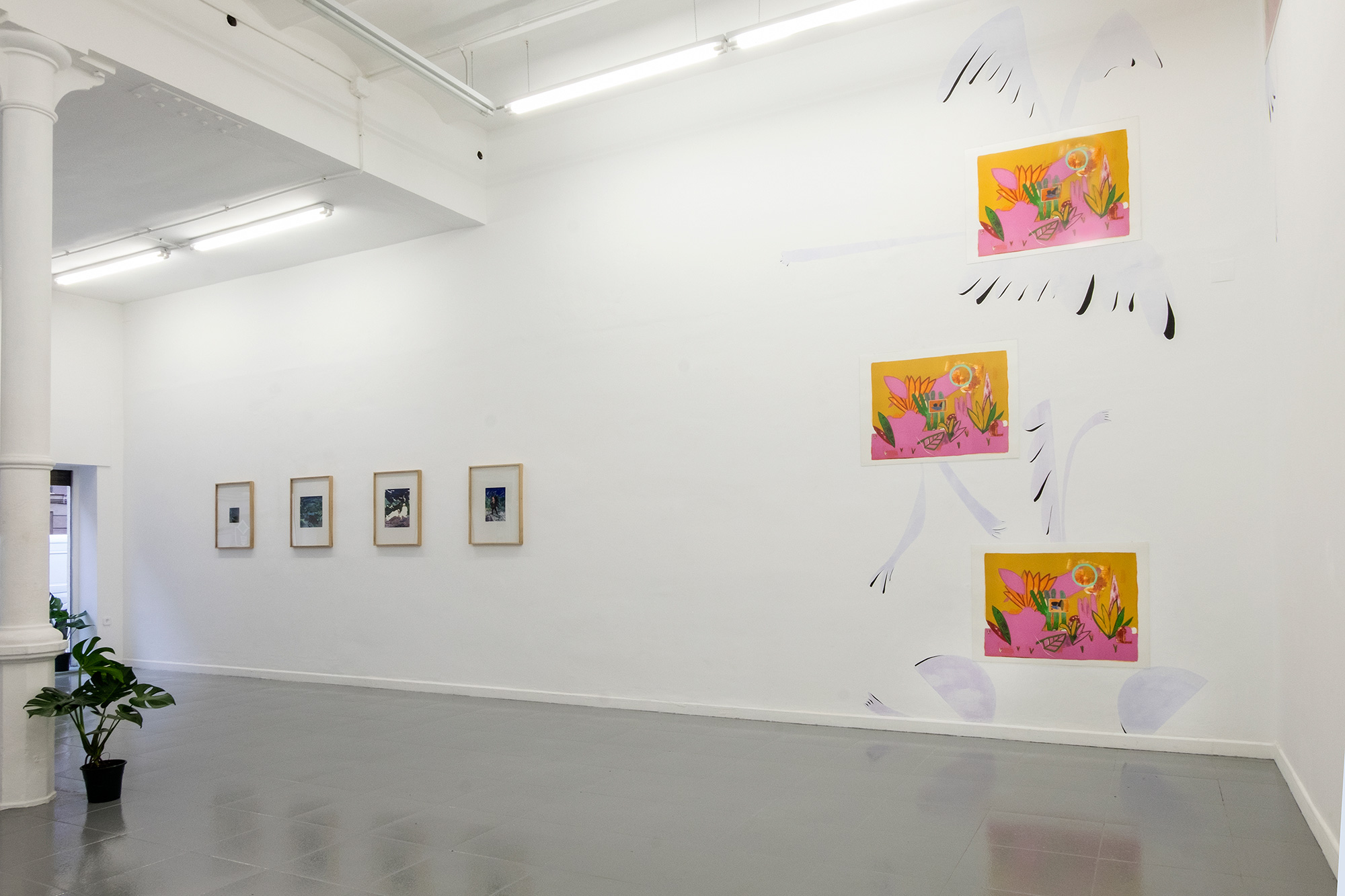

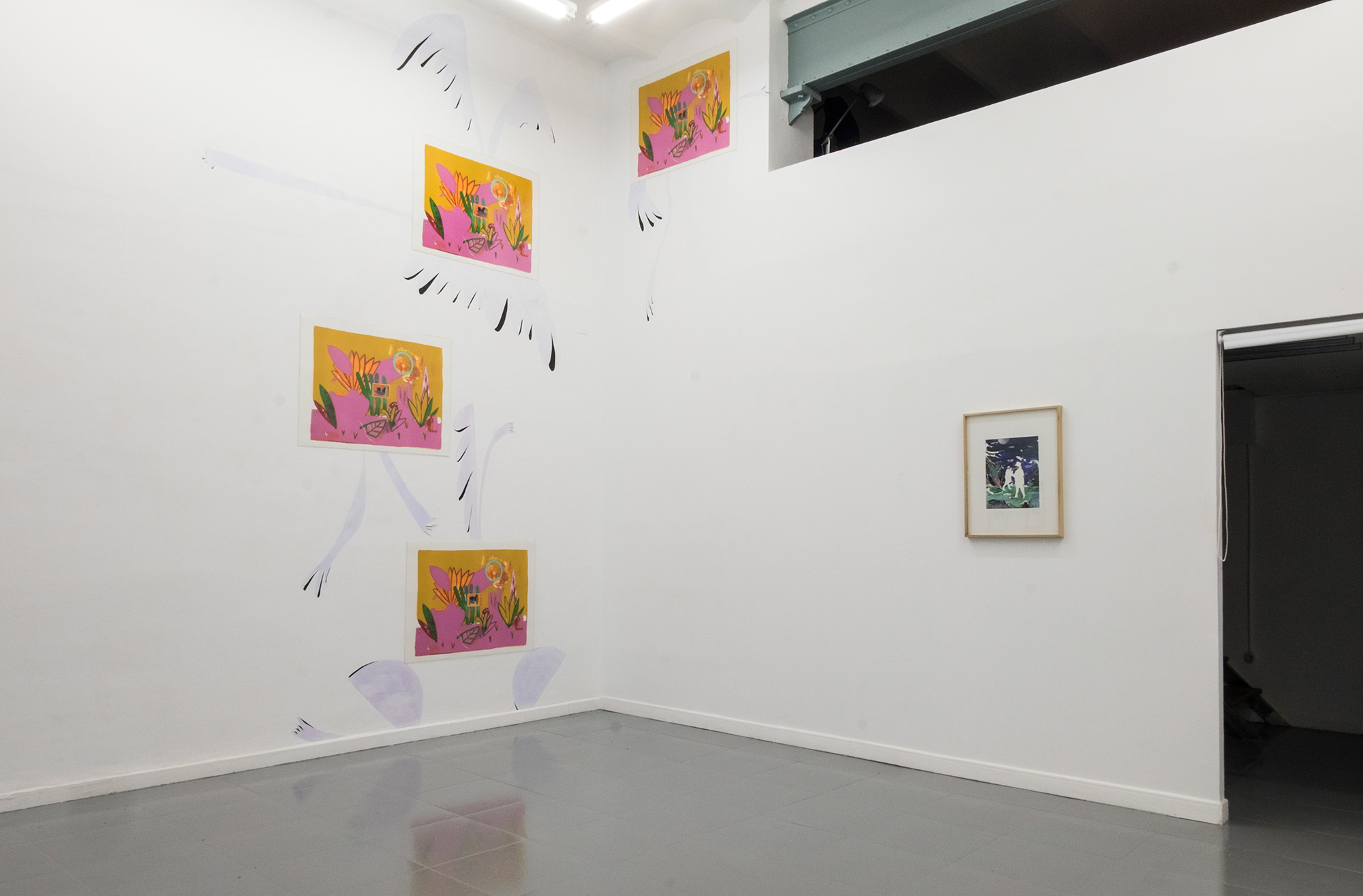
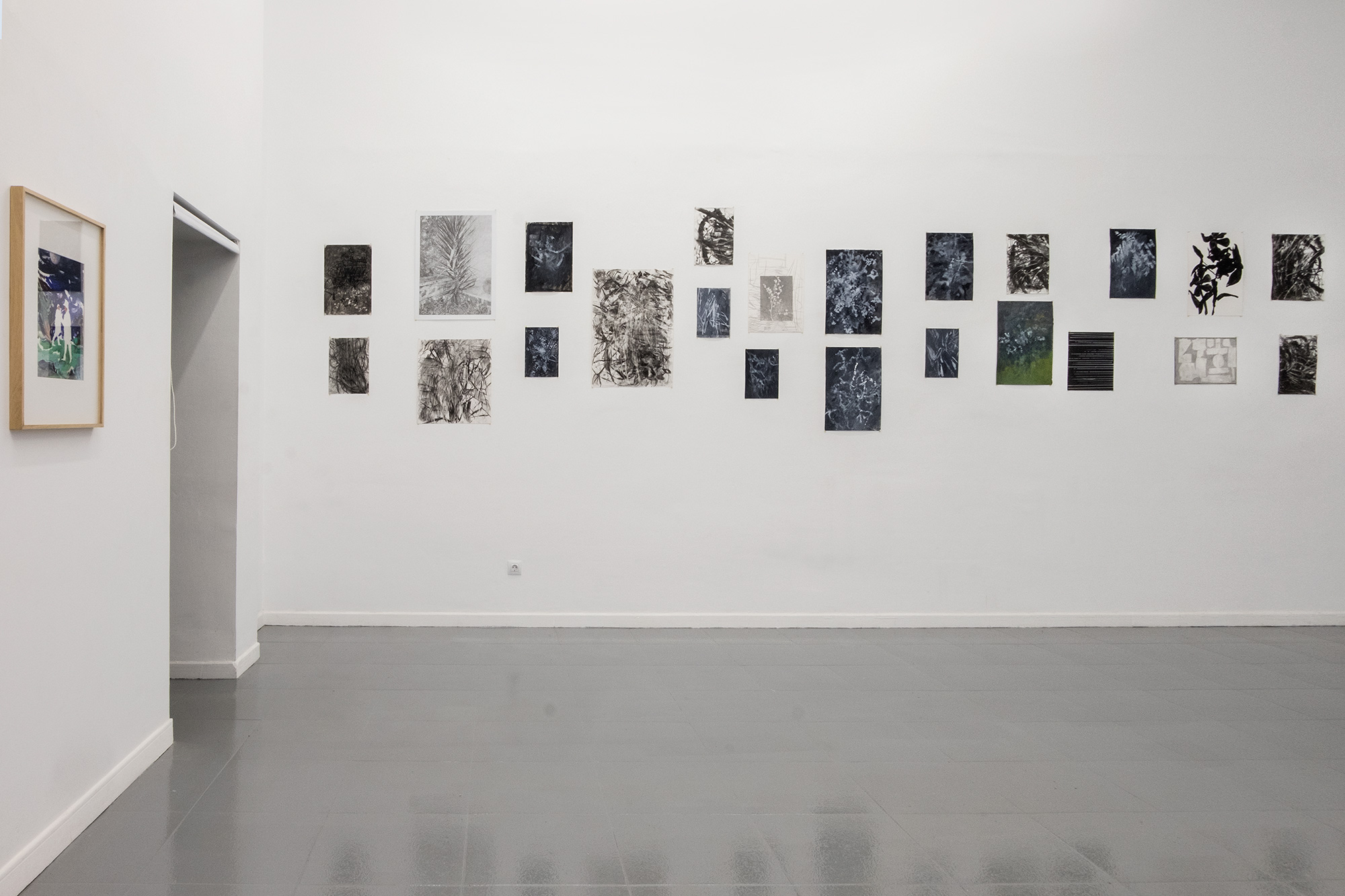
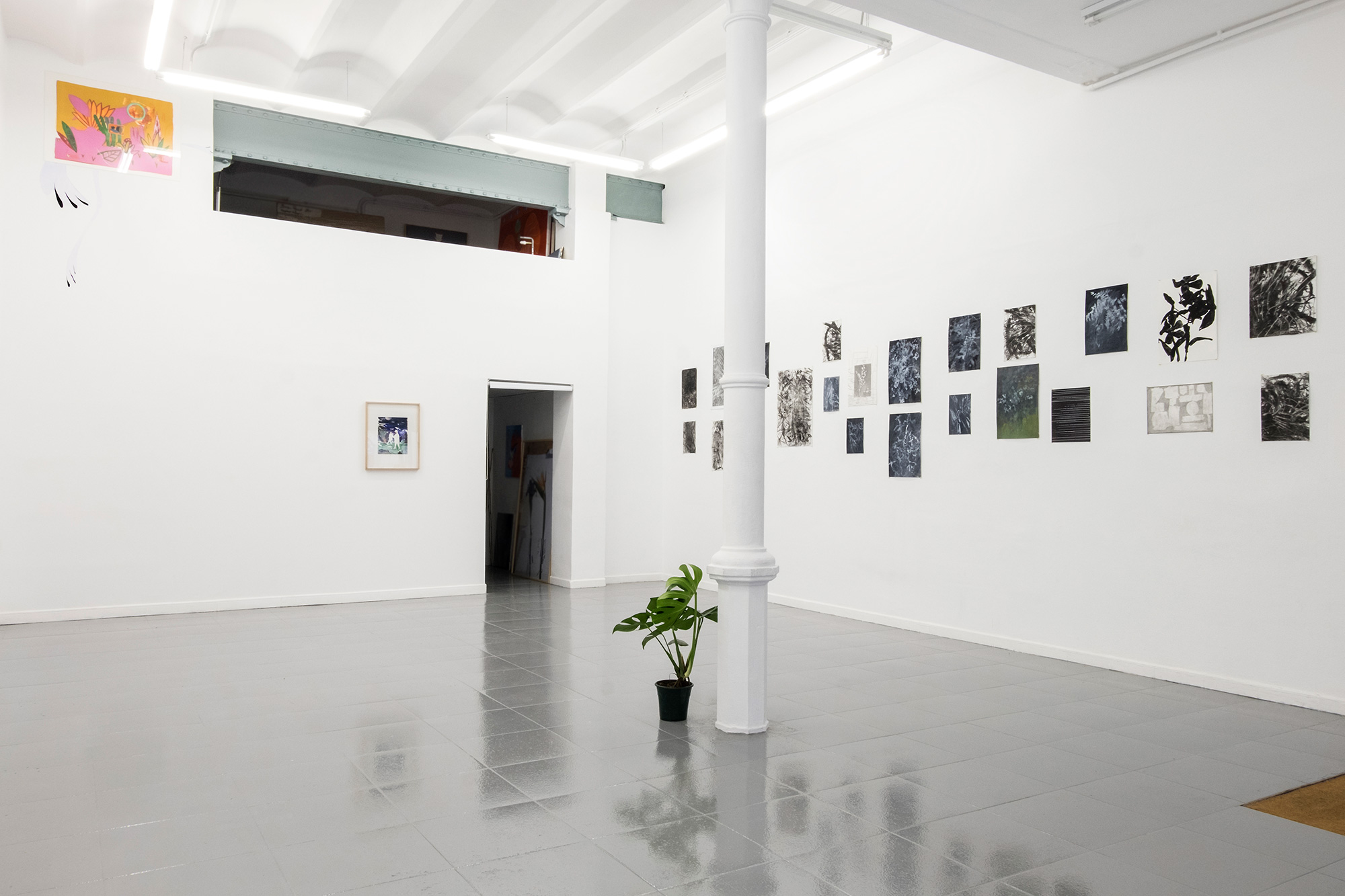
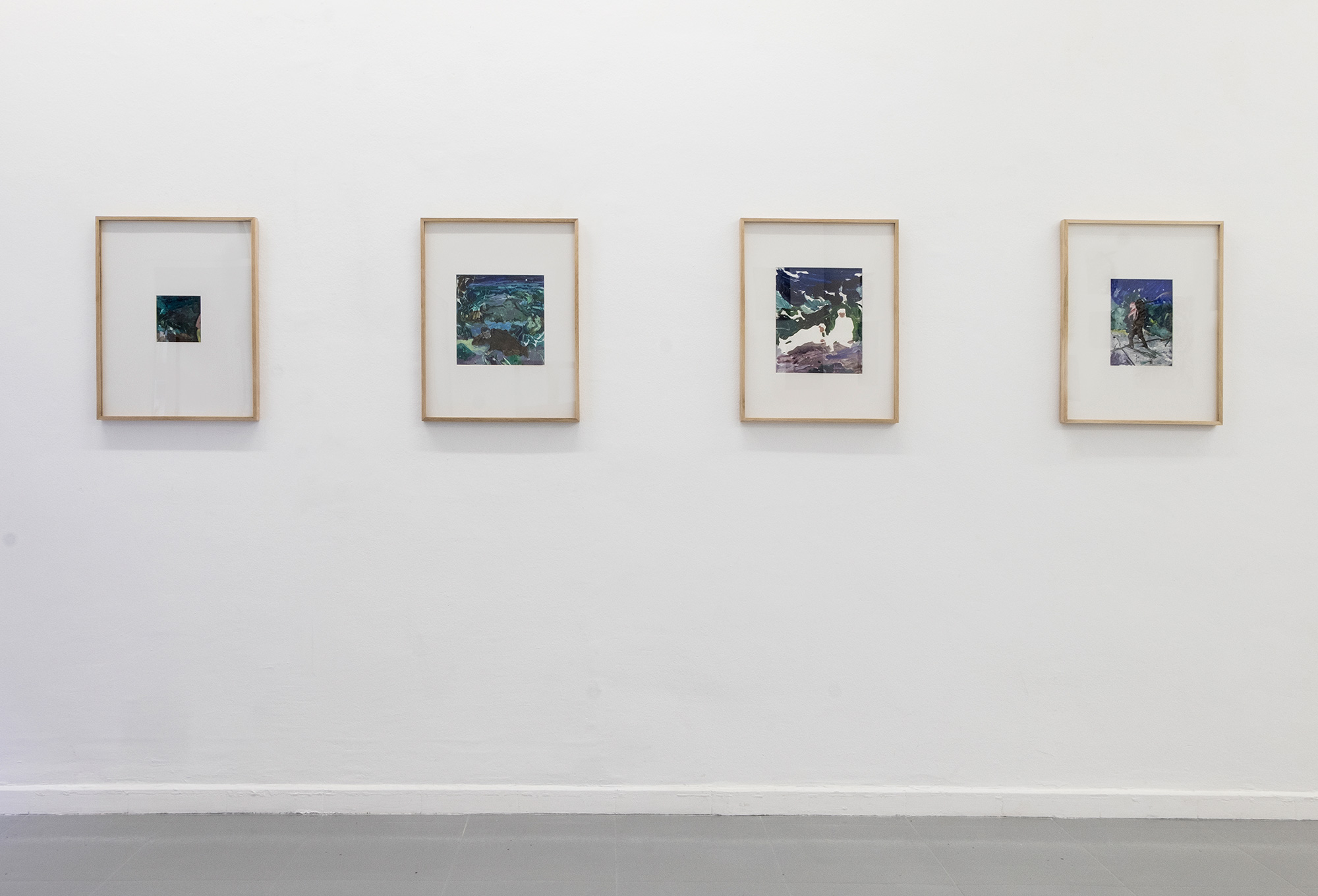
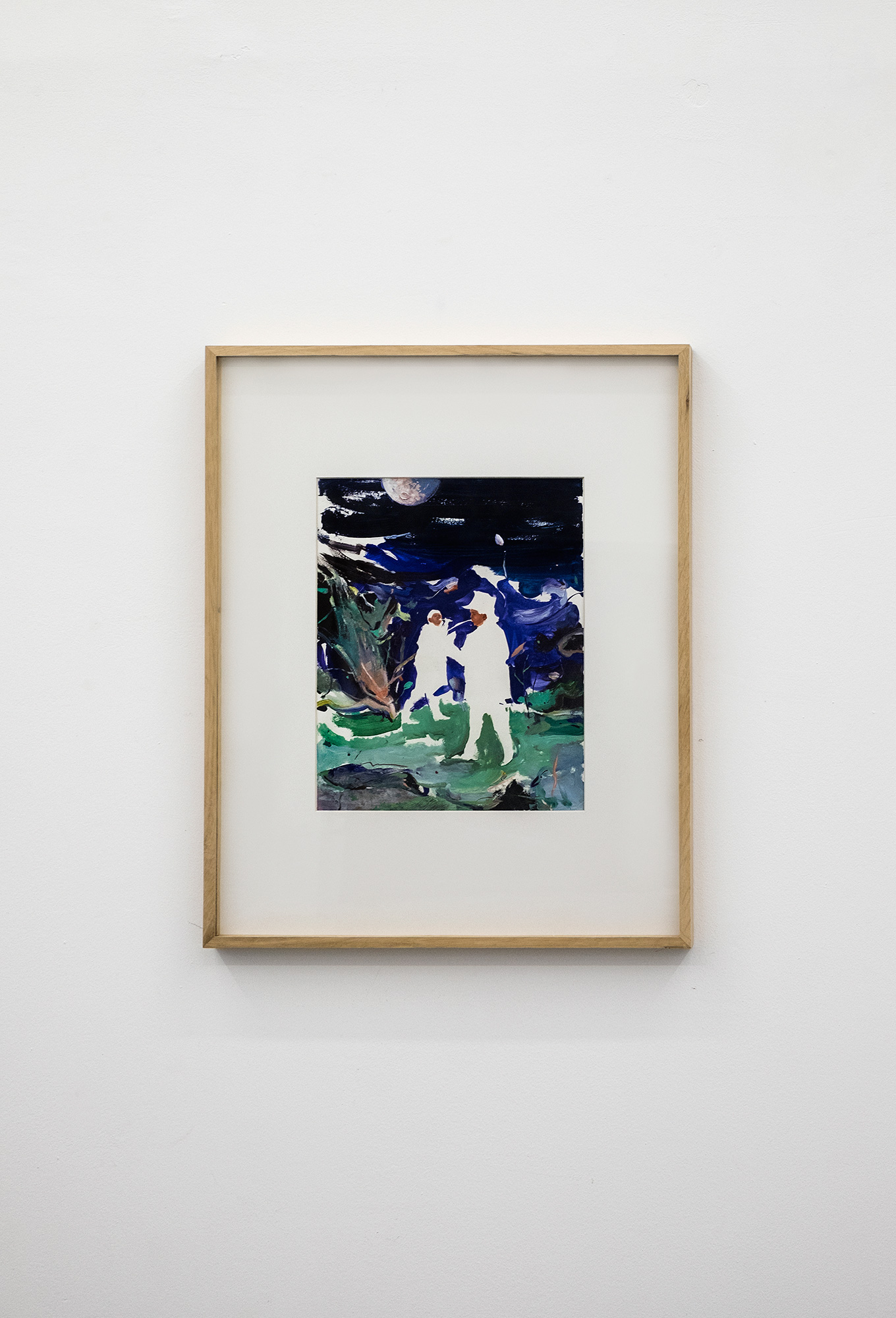
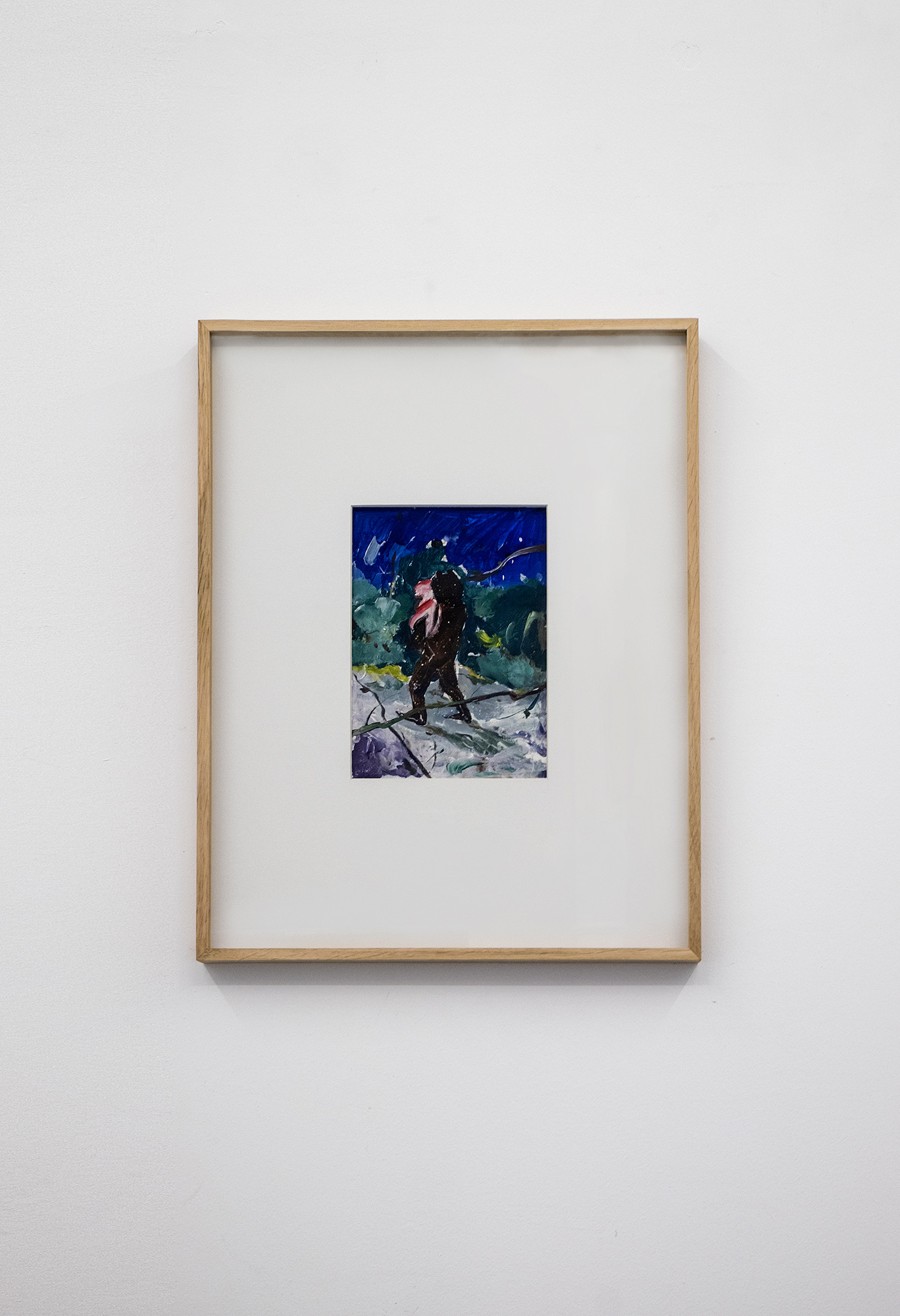
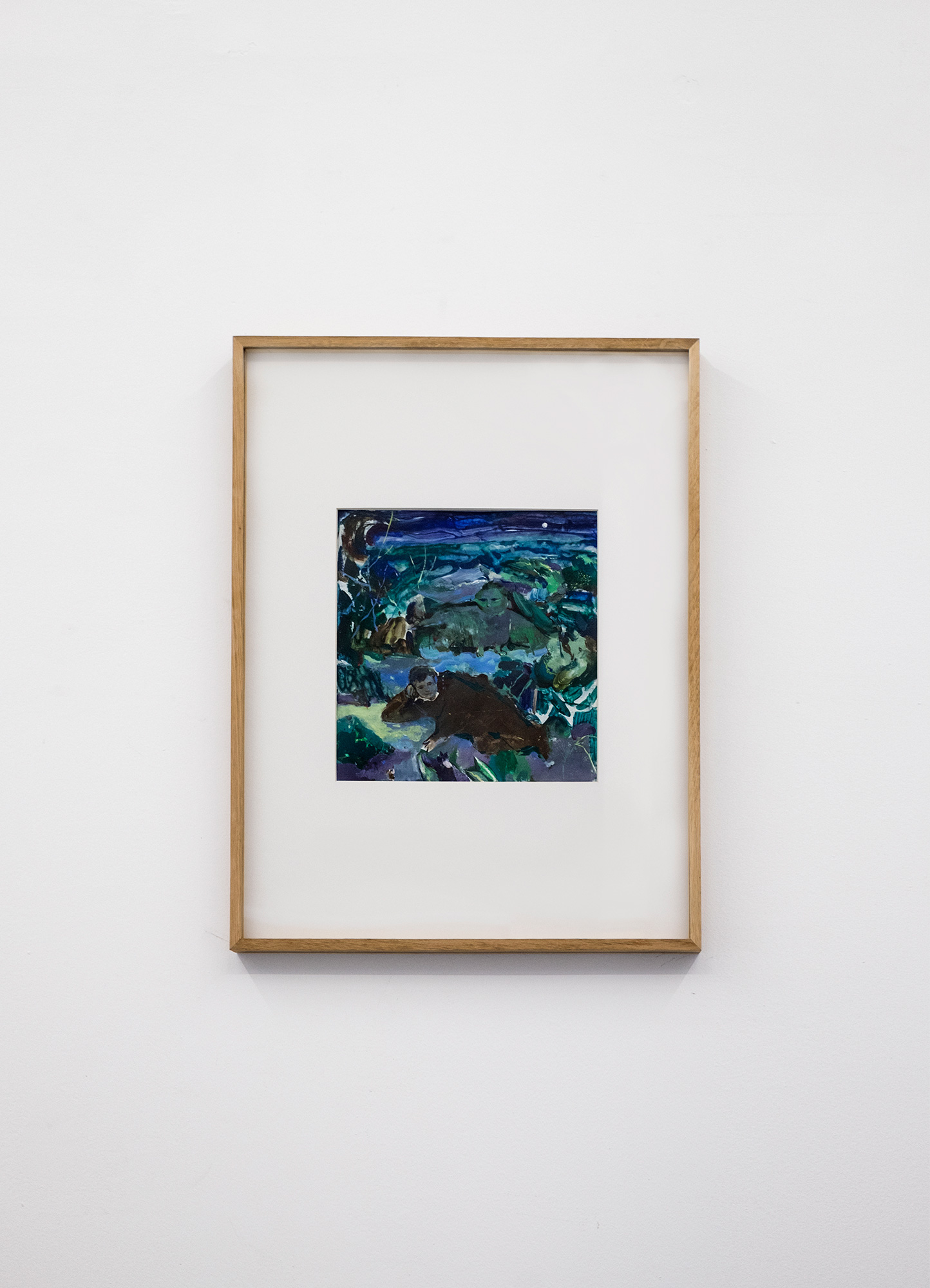
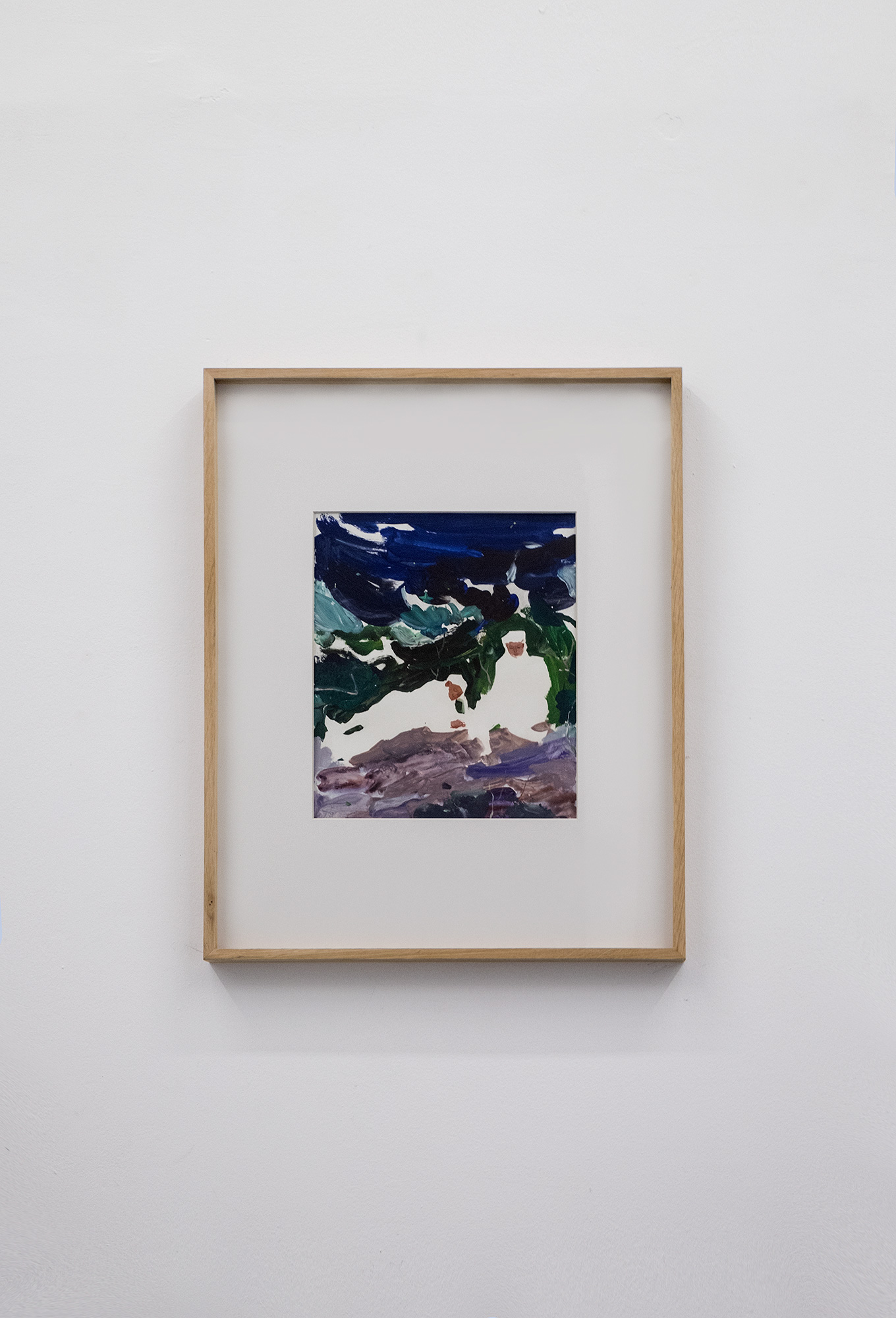
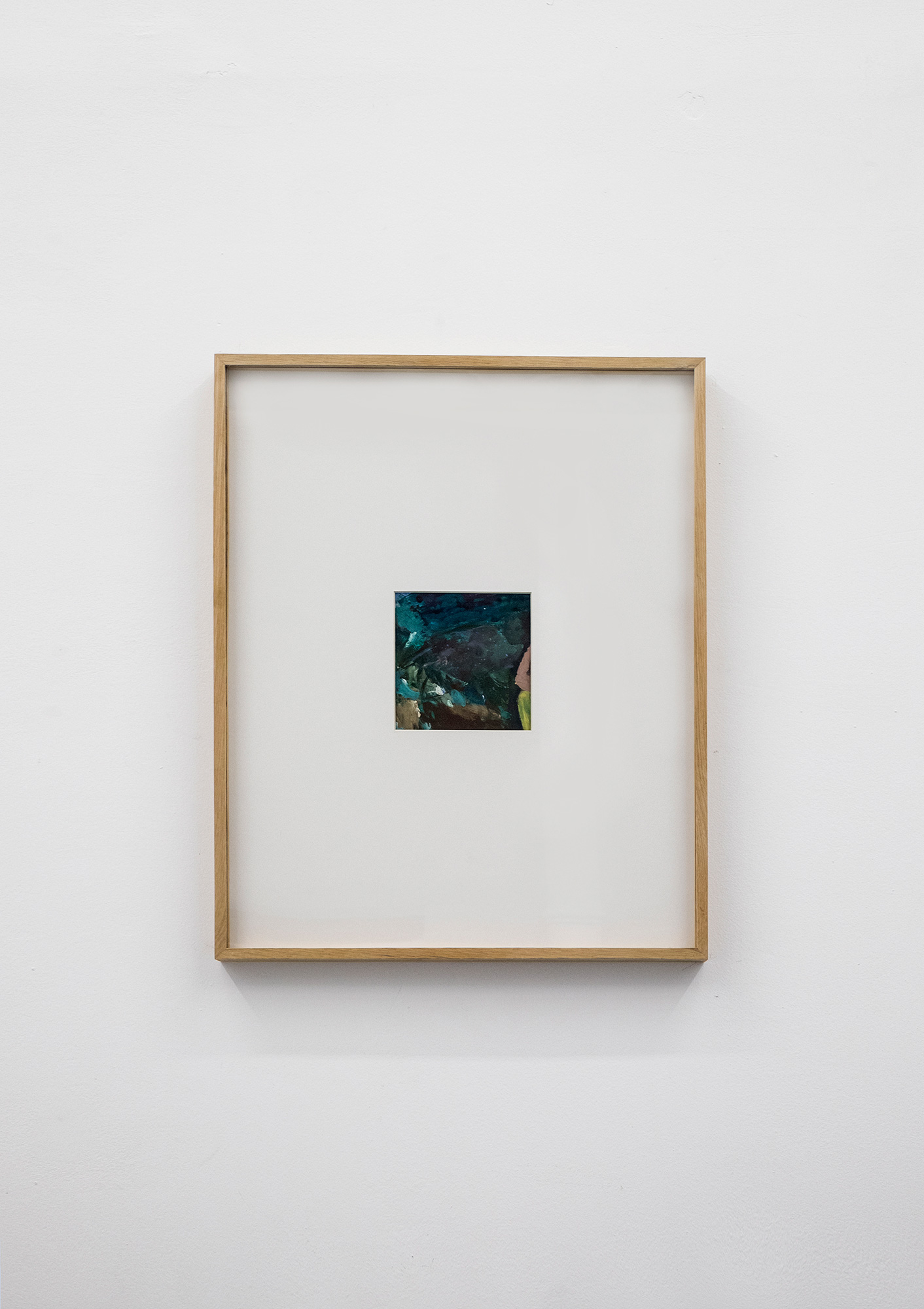
Exhibition curated by Angels Miralda.
A small essay on imaginary landscapes, works on paper, and Alastor by Percy Bysshe Shelley.
“When early youth had past, he left
His cold fireside and alienated home
To seek strange truths in undiscovered lands.”
Alastor!
A character encircled by the natural world, Alastor sets out in search of meaning across torn landscapes borne with significance. Mythical places known only to Shelley (whose short life was spent between England, Switzerland, and Italy) from literature and his own fanciful romantic dreams.
The landscape changes quickly and suddenly. From deserts of the cradle of civilization to the splendiferous ranges of the Caucasus. The landscape attains human qualities, emotions and sensations while expressing a magnificent celestial magic. The sublimity of vastness and eternity roots itself in the encounter of the everyday. It is not a real element of nature but one that emerges entirely out of the imaginary.
Mirela Moscu paints characters in dark natures who at times, encounter strange animals. A folkloric interpretation harking to the mysterious events we may encounter in any wooded knoll brought to life by secret inhabitants. Charlotte Herzig’s dancing forms are abstractions of plantlife as an ode to modernism. Arranged in composed and arithmetic spaces, the forms break logic with their inherent organicity. Estanis Comella collects moments through photography and drawings. Walking through urban peripheries, the objects and weeds that are found amid the marginal architecture creates its own imaginary of techno and punk subcultures with their own romanticism and necessity of forgotten expanses.
Changing landscape creates the narrative and drives the protagonist through. Whether an eerie corner, an arboreous copse, or a disembodied monstera deliciosa – human cultural associations and symbols provide a mental state for its disambiguation. The landscape describes the physical and mental conditions of the protagonist through his journey.
All of this imaginary of human fancy recorded on the page (blätter, German: leaves) as record of human invention. The paper itself adds pigments to the vegetal ligaments of those original plants. Works on paper could refer to the exhibited works, to the poem, and the leaves themselves – found along the way in representation.
Organic forms riddled with sentiment, emotion. The lost protagonist encountered in overcrowded vegetation. And the feeling of lightness, a dreamscape. A mutual destiny.
“Now upon the jaggèd hills
It rests, and still as the divided frame
Of the vast meteor sunk, the Poet’s blood,
That ever beat in mystic sympathy
With nature’s ebb and flow, grew feebler still:”
[1] Percy Bysshe Shelley (1792-1822), English poet and thinker, auhtor of Alastor or the spirit of solitude.
Read More